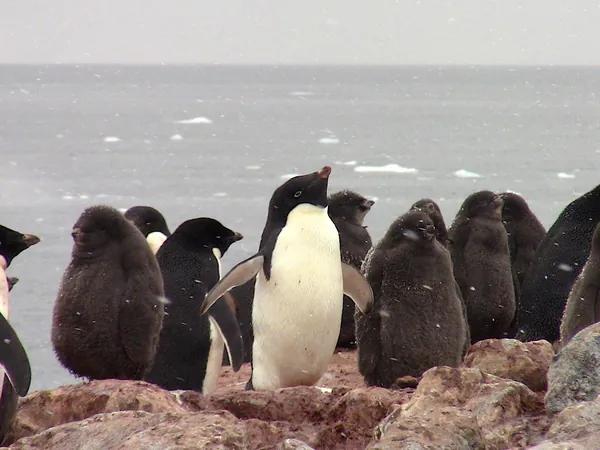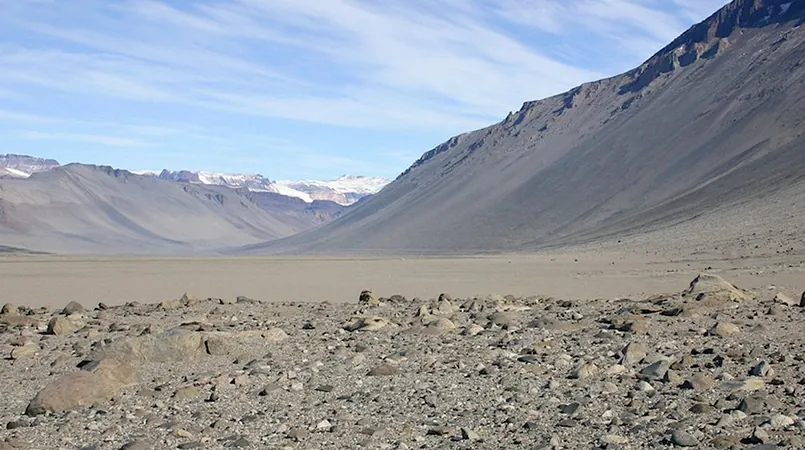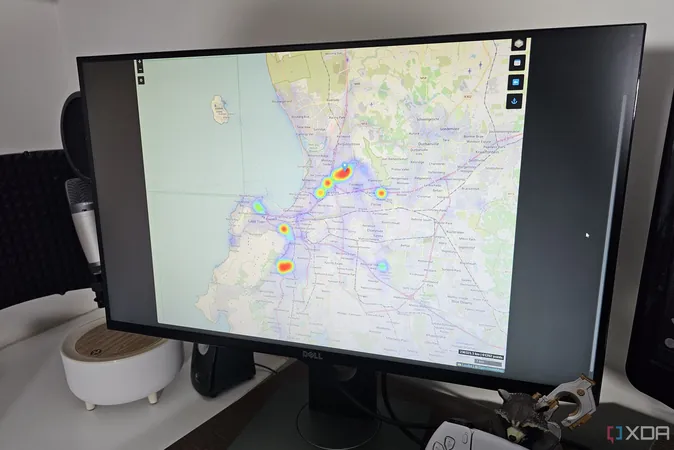
Alarming Mercury Findings in Antarctic Penguins: Are We Ignoring a Growing Threat?
2025-04-15
Author: Ming
Mercury Contamination Raises Red Flags for Penguin Populations
In a shocking revelation, scientists have detected mercury pollution in Antarctic penguins, sparking urgent concerns reminiscent of the dreaded DDT crisis from the 1960s. Despite the isolation of these birds, research indicates that mercury contamination has made its way into their ecosystem.
An Unexpected Pollutant: How Mercury Affects Penguins
John Reinfelder, a co-author of the study and professor at Rutgers University, highlighted the paradox: "In the 1960s, we discovered DDT in the most remote locations. Today, we see a similar trajectory with mercury, a pollutant transported over vast distances, affecting wildlife thousands of miles from its source." This underscores the pervasive nature of mercury and its potential impact on these resilient birds.
Insights from the Study: Penguins as Bioindicators
Published in the journal *Science of the Total Environment*, the study analyzed the feathers of Adélie, gentoo, and chinstrap penguins near Anvers Island on the West Antarctic Peninsula. The researchers utilized isotopic analysis, diving into their foraging habits and dietary choices.
Findings revealed that Adélie and gentoo penguins had relatively lower mercury levels, while chinstrap penguins—who venture farther north to feed—showed elevated mercury accumulation. Reinfelder noted, "Before this study, we didn’t realize that migratory behaviors could influence mercury exposure so dramatically." This insight opens avenues for further understanding penguin ecology.
The Health of Penguins: A Silver Lining?
While mercury levels in chinstrap penguins were concerning, researchers assured that they do not pose an immediate health risk. Reinfelder confirmed, “Penguins are not at toxic risk yet,” indicating a silver lining in an otherwise troubling situation. However, the study highlights the urgent need to tackle mercury pollution stemming from industrial activities like mining.
Moving Forward: A Call to Action
The team plans to expand their research by collecting and analyzing more feather samples from various penguin species, alongside investigating mercury levels in their food sources. Reinfelder emphasized, “Just as we monitored DDT in the past, today our focus is on understanding and mitigating mercury risks. Our hope is to witness a decrease in environmental contamination.”
As we follow these developments, one question looms large: Will we act in time to protect not just the penguins, but our precious environment?




 Brasil (PT)
Brasil (PT)
 Canada (EN)
Canada (EN)
 Chile (ES)
Chile (ES)
 Česko (CS)
Česko (CS)
 대한민국 (KO)
대한민국 (KO)
 España (ES)
España (ES)
 France (FR)
France (FR)
 Hong Kong (EN)
Hong Kong (EN)
 Italia (IT)
Italia (IT)
 日本 (JA)
日本 (JA)
 Magyarország (HU)
Magyarország (HU)
 Norge (NO)
Norge (NO)
 Polska (PL)
Polska (PL)
 Schweiz (DE)
Schweiz (DE)
 Singapore (EN)
Singapore (EN)
 Sverige (SV)
Sverige (SV)
 Suomi (FI)
Suomi (FI)
 Türkiye (TR)
Türkiye (TR)
 الإمارات العربية المتحدة (AR)
الإمارات العربية المتحدة (AR)